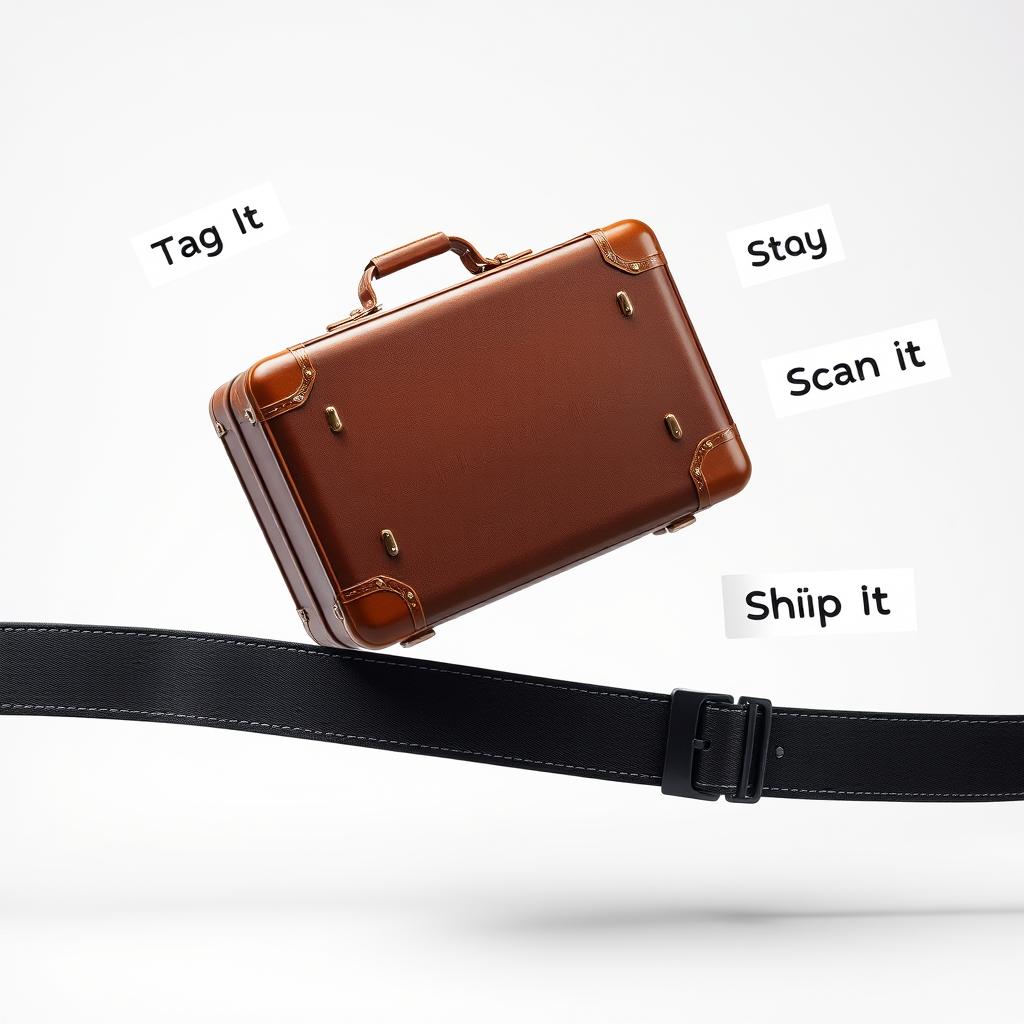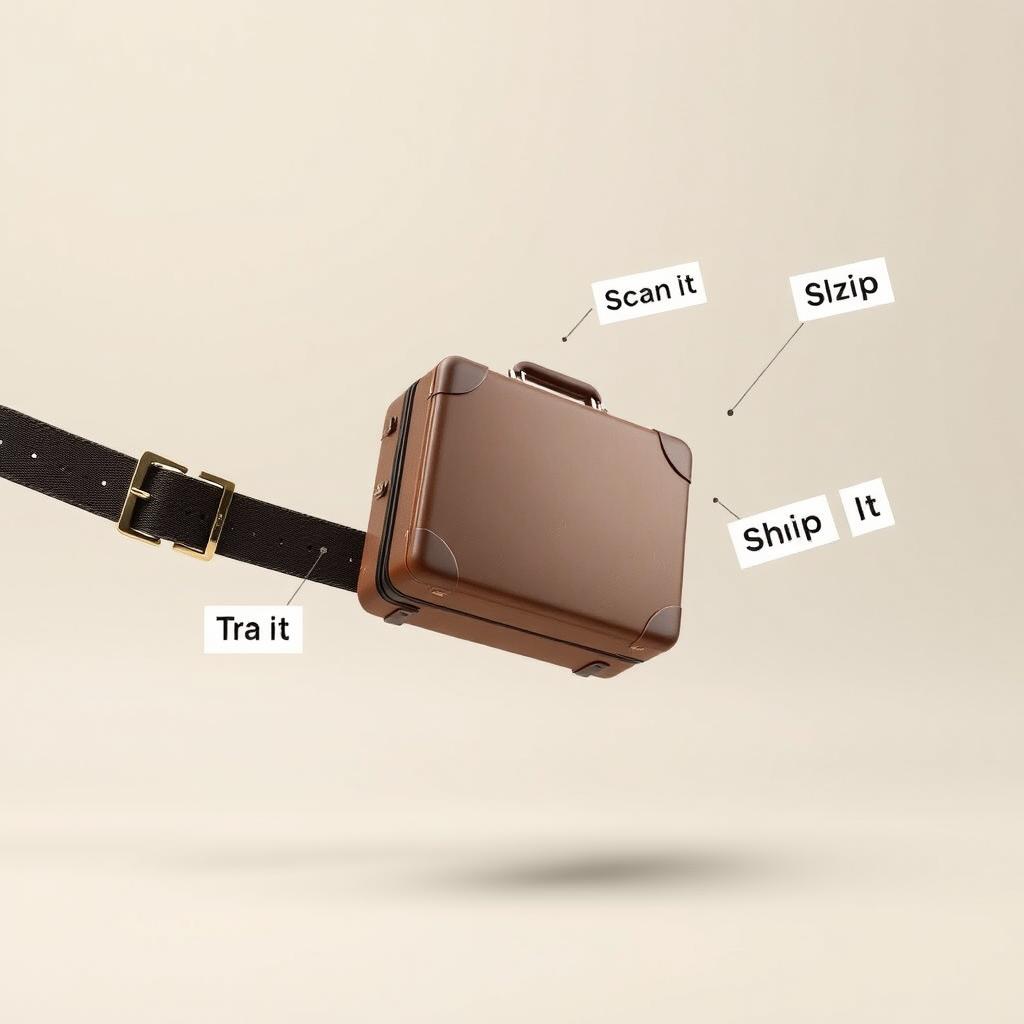Airlines and airports must follow certain general rules for baggage handling to work smoothly. First and foremost, every checked bag must be assigned a valid license plate (the 10-digit tag number) and that same tag number must be used consistently in all systems. In practice, this means the bag tag with the license plate must be attached at check-in and not removed until the bag is delivered to the passenger (iata.org). All baggage systems use that number as the bag’s identity.

Another general requirement is that each bag’s events be recorded and shared. For example, when a bag is accepted from a passenger, the airline must capture that event in its Departure Control System (DCS) and usually send a Baggage Source Message (BSM) to the airport’s baggage system. Similarly, any transfer or loading event should be captured. If there is any custody change (a bag moved from one carrier to another), both airlines must agree on the handoff data. IATA Resolution 753 specifically says airlines must be capable of exchanging these inventory details with their partners (iata.org). In other words, if two airlines are sharing a flight, the first must send all the relevant baggage messages to the second.
Tag readability and data accuracy are also general rules. IATA’s recommended practices (e.g. RP 1740 series) state that baggage tags should be printed clearly so scanners can read them. A high-quality barcode and proper tag stock are expected. If a bag’s tag is torn or folded, handlers should replace it (using an emergency tag) so that the license plate number stays intact. This ensures the messaging data remains correct end-to-end.
Finally, security and screening rules apply universally. Although not part of IATA’s baggage messaging standards, international regulations (like ICAO Annex 17) require that each checked bag be screened and reconciled with a passenger. That reconciliation actually relies on baggage messaging: the passport/boarding-pass bag match is part of the BSM data. So as a general requirement, airlines must collect the passenger/bag pairing data and propagate it through the baggage messages.
In summary, the general requirements for baggage handling are: assign and maintain the unique license plate on every bag; scan or log each bag event at airports; use standard IATA messages when exchanging bag data; and ensure all data fields (flight, time, tags) are accurate. Following these rules – which are in line with IATA resolutions and industry best practices – enables the baggage system to operate reliably and share information between carriers (iata.org)


